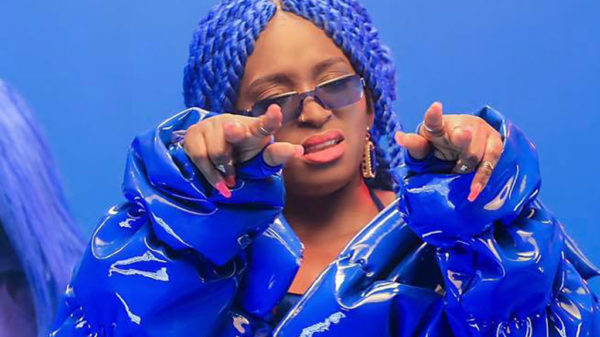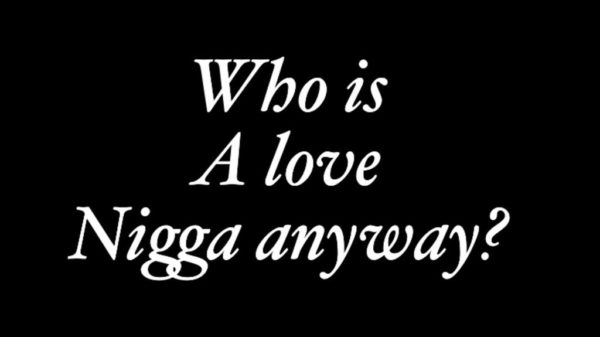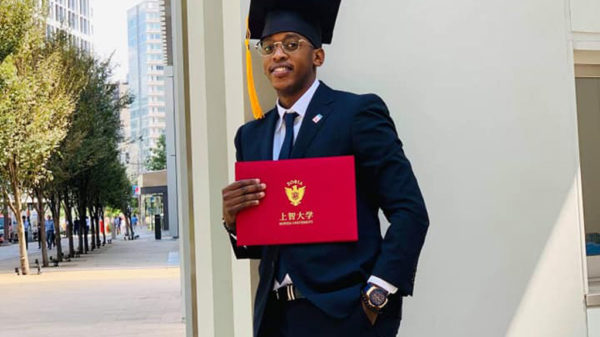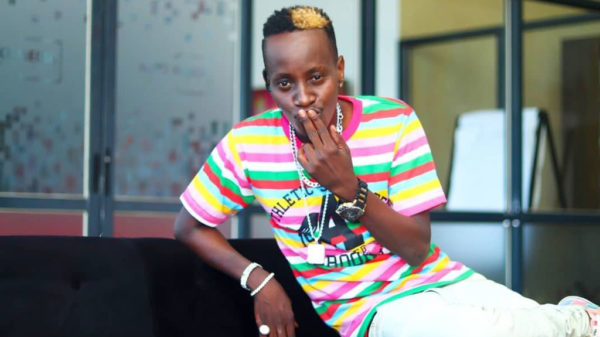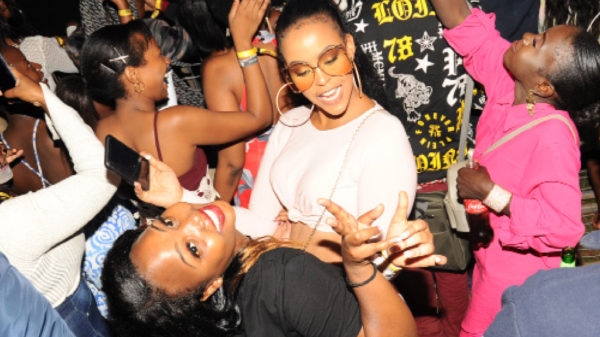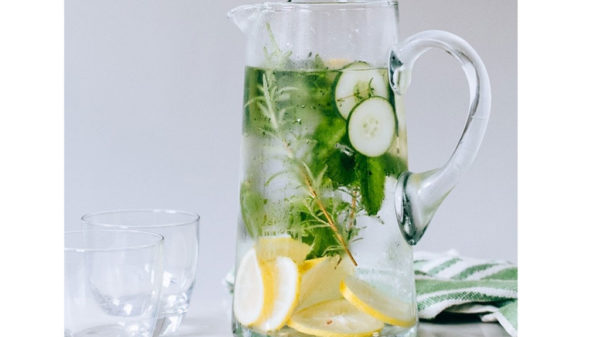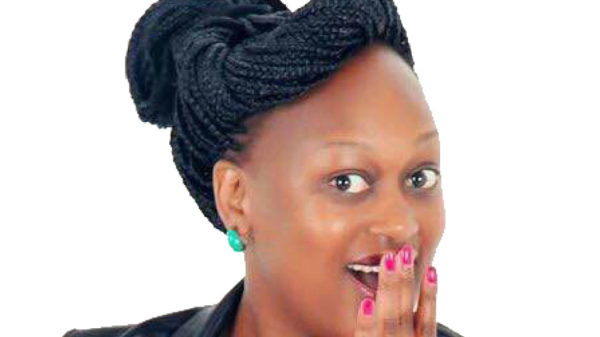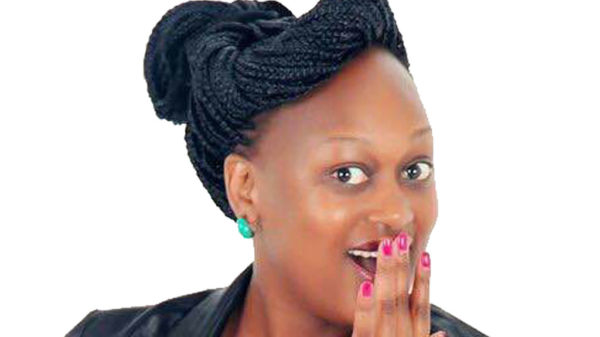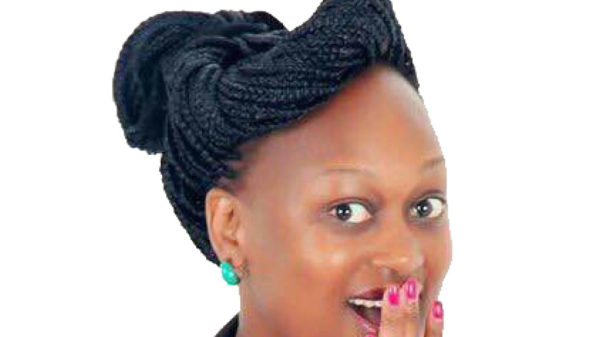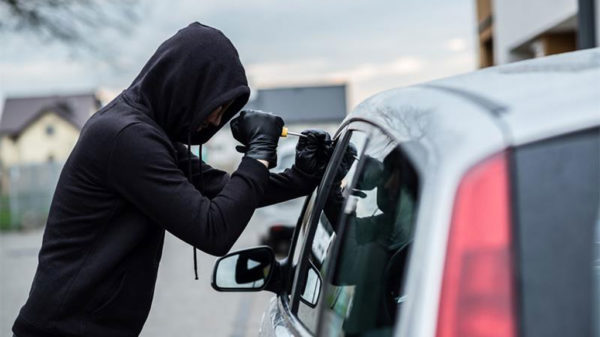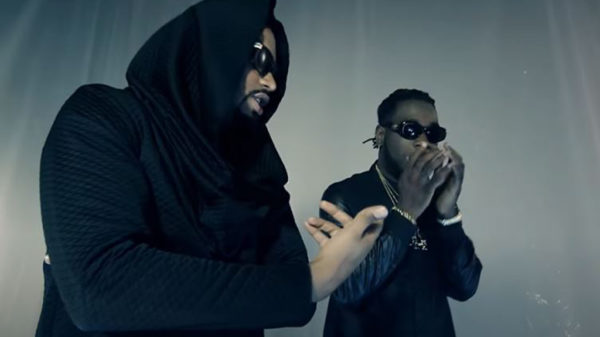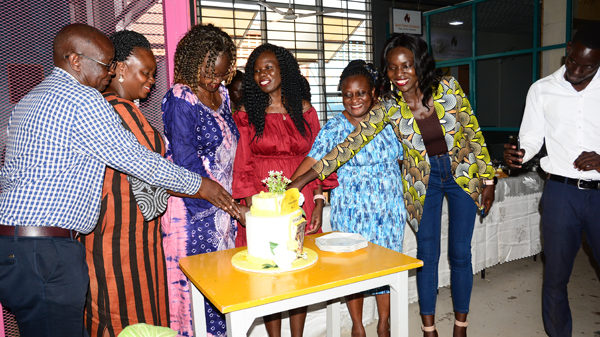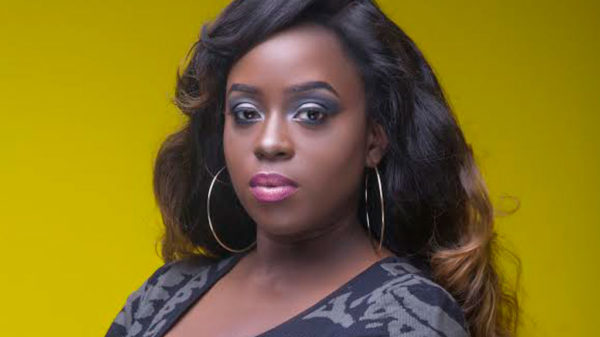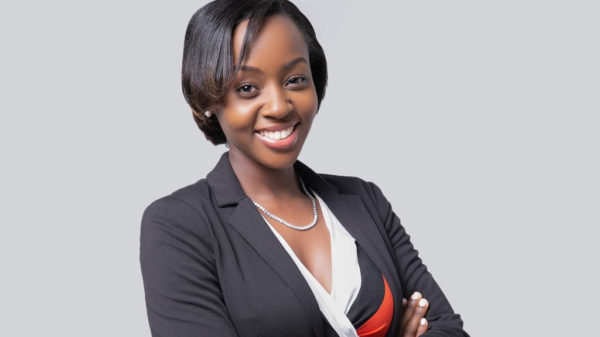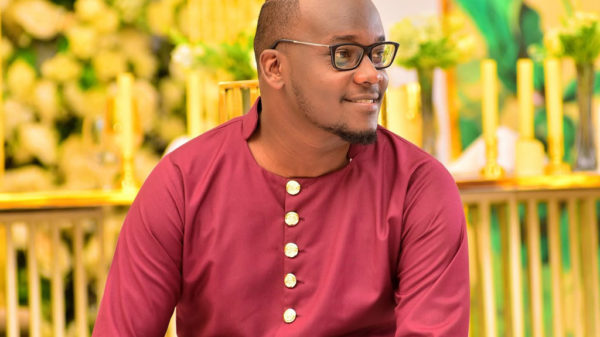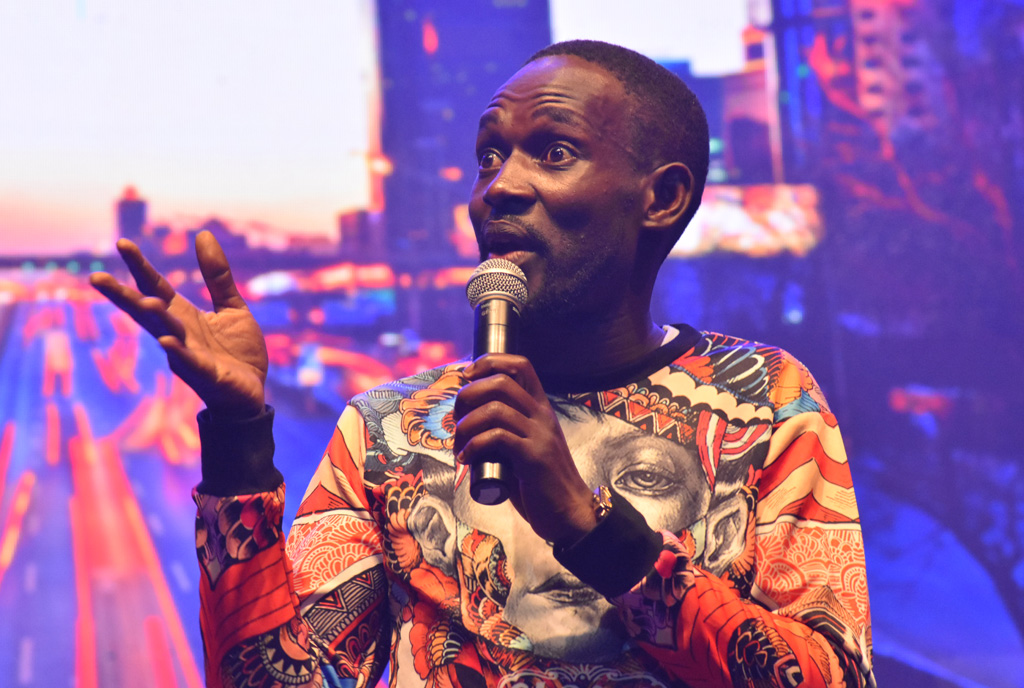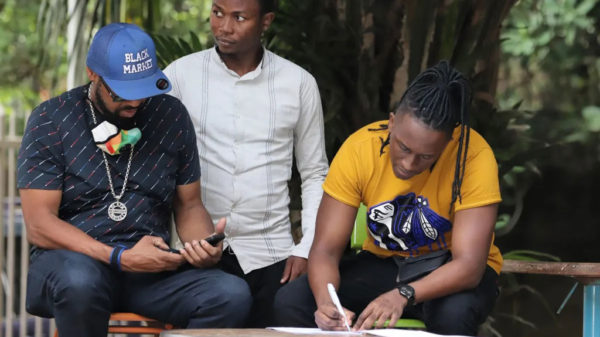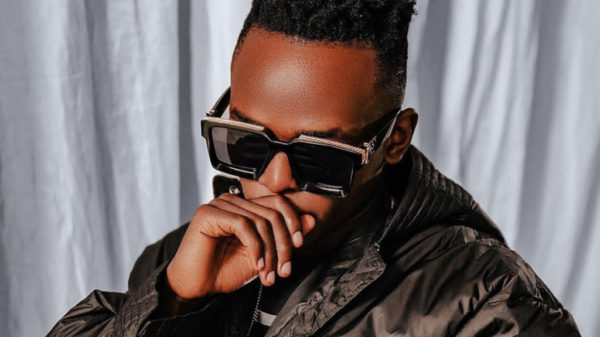Forget other high end phone brands, let’s talk the Huawei P9. In my experience, this is the best-looking smartphone Huawei has ever made. It has an undeniable iPhone 6S-ish feel, featuring a unibody metal chassis with flat sides. The metal, combined with the P9’s almost bezel-free display gives the phone a feel that is on par with any 2016 flagship tested. Huawei has also loaded the P9 with a decent portfolio of connectivity. At its bottom, you will find a USB Type-C port, and along its long right-hand side you will find a Nano SIM and microSD card slot.
The microSD enables you to add a further 128GB of space to the phone’s inbuilt 32GB/64GB. But be warned, if you are planning on taking advantage of the microSD, the P9 doesn’t support Android Marshmallow’s Adoptable Storage feature. Outside of this, Huawei has loaded the P9 with a Level 4 fingerprint scanner on its back. To spec-heads the Huawei P9’s 5.2-inch display has FHD 1080 x 1920 resolution couple with the 423ppi display more than sharp enough.
Icons and text are universally sharp and pleasingly free of any signs of pixilation. Despite Huawei having actively worked to tone down EMUI, the skin is still guilty of at least one sin, the OS reworks Android’s user interface to the point that it is all but unrecognisable. Android’s app tray has disappeared, so all installed applications are now displayed on the phone’s home screens, the same way they are on iOS. Useful shortcuts, like the torchlight in Quick Settings, have also been inexplicably removed. This makes the UI feel alien to even the most seasoned Android user.
Considering Android Marshmallow’s awesome Material Design, I can’t help but feel Huawei is making changes for the sake of it. Saving the day is that theP9 is smooth to use, 99 per cent of the time. It glides between menu screens and launches applications in milliseconds. The highlight is the dual camera, each with a 12-megapixel Sony IMX286 sensor, an LED flash and hybrid autofocus. The only difference between the two is that one sensor is set to capture monochrome images, while the other captures the RGB (colour) spectrum.
Huawei claims the dual setup will help the camera pull off all manner of snazzy shot types and radically improve low-light performance. Apparently, the black-and-white sensor can capture as much as 300 per cent more light than regular smartphone cameras. The P9 offers a range of 14 shooting modes. These include standard options, such as High Dynamic Range and Panorama, as well as Huawei’s custom Light Painting, Beauty, Video, Bokeh and Monochrome options.
Lastly its non removable Li_lon 3400 amh battery with regular use can go to one and a half days. Regular use entailed taking and making a few calls, chatting on Hangouts throughout the day, sporadically checking my email and social media feeds, watching a couple of YouTube videos and intermittent music. So if you have Shs1.9m, this phone is the real deal.














